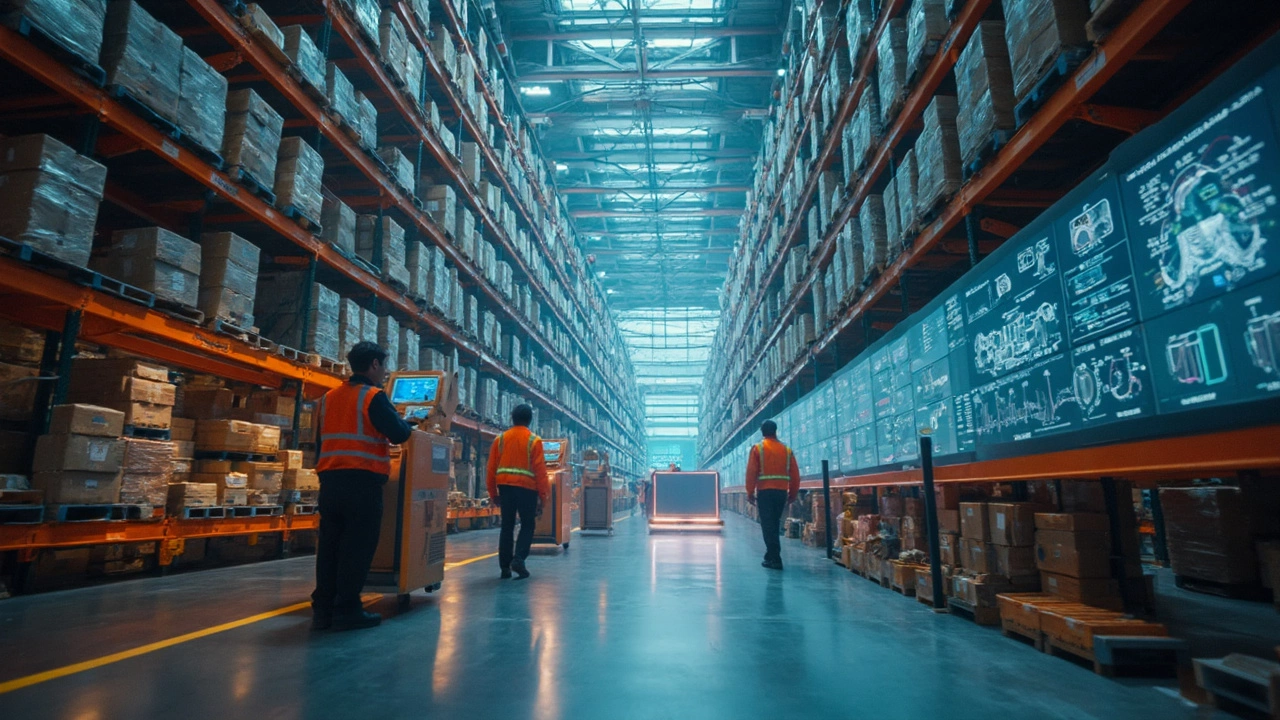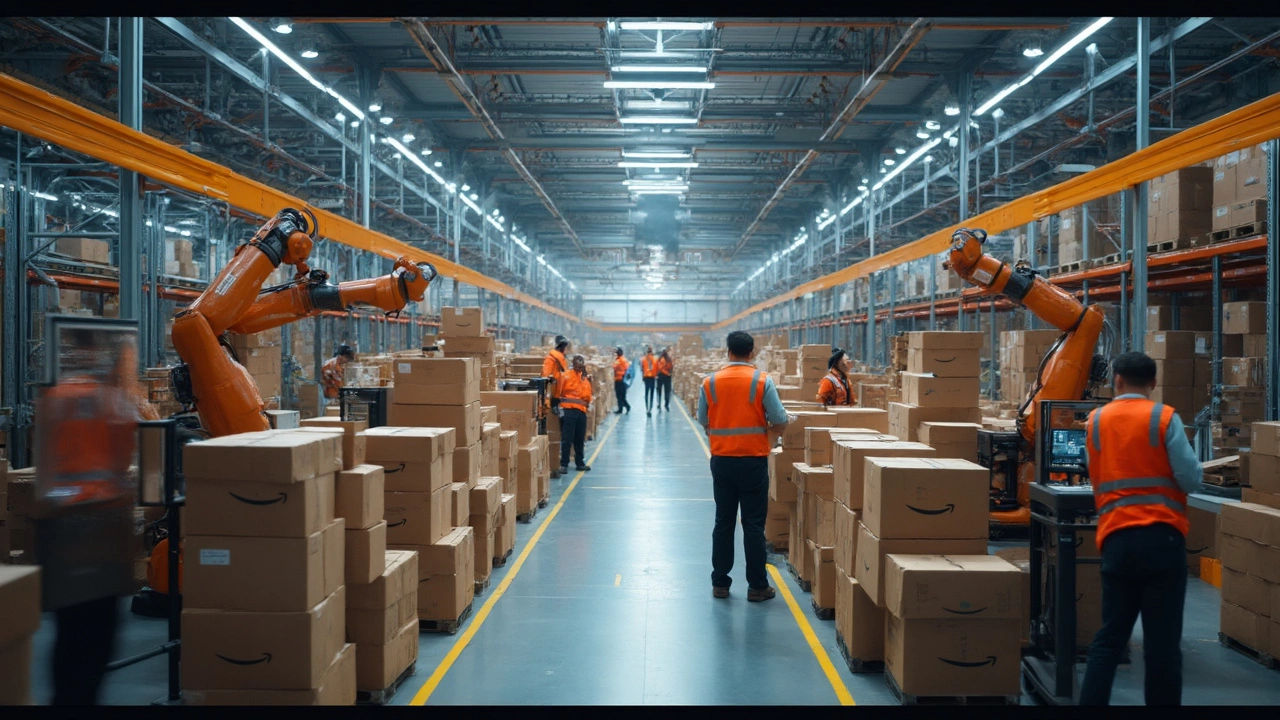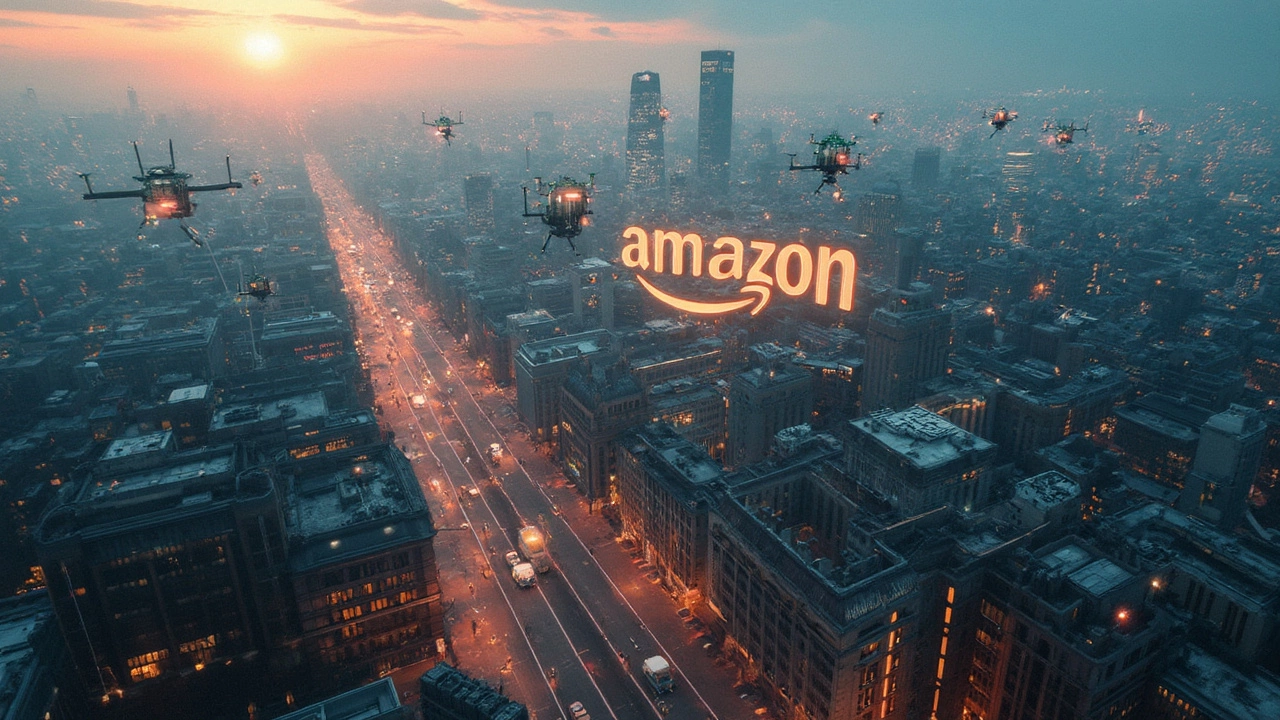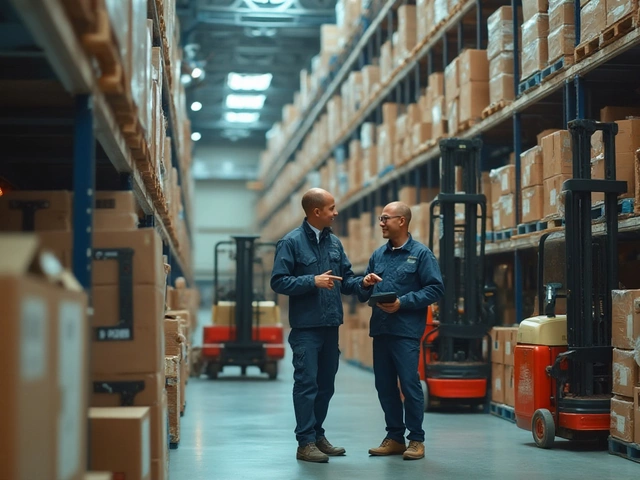Amazon Logistics and E‑Commerce – What You Need to Know
If you’ve ever clicked “Buy now” on Amazon, you probably wondered how the package magically appears at your door. The answer isn’t just a big warehouse; it’s a whole system that mixes marketplace, retail, and a growing delivery arm.
In this guide we’ll break down the most common questions about Amazon’s business model, its logistics network, and why it matters to you whether you’re a buyer, a seller, or just curious about the logistics world.
Amazon as a Marketplace and Retailer
First off, Amazon is both a marketplace and a retailer. As a marketplace, it lets third‑party sellers list products alongside its own inventory. That means you can find items from small businesses, big brands, and Amazon’s private‑label range all in one place.
When you buy from a third‑party seller, Amazon often handles the shipping, storage, and customer service through its “Fulfilment by Amazon” (FBA) program. This gives sellers a shortcut to prime‑eligible delivery and lets buyers enjoy the same fast shipping they get from Amazon‑owned products.
Understanding this mix helps you decide where to list your items if you’re a seller. Using FBA can boost visibility because Amazon’s algorithm favours items that ship quickly and reliably.
Amazon’s Own Delivery Network
Amazon doesn’t just rely on UPS, FedEx, or DHL. It’s built its own courier service – Amazon Logistics – to control the last mile. Drivers use branded vans, bikes, or even electric scooters to get packages from local hubs to your doorstep.
The network started with large cities and now reaches many towns across the UK. Amazon’s delivery app shows real‑time tracking and lets you choose specific delivery windows, something traditional couriers are still catching up on.
Because Amazon owns the delivery chain, it can experiment with things like same‑day delivery, contact‑free drops, and even drone trials. For sellers, this means more options to promise fast shipping without negotiating rates with multiple carriers.
So, is Amazon a courier? In a way, yes. It runs a courier service that works alongside classic carriers. When you see “Amazon Logistics” on your tracking page, you’re watching the company’s own fleet in action.
What does this mean for you as a shopper? Mostly convenience. Amazon can cut out middlemen, offering tighter delivery windows and sometimes lower shipping fees. For sellers, it means lower complexity – you can let Amazon handle storage, packing, and shipping all in one package.
But there are trade‑offs. If you prefer a specific carrier for branding or cost reasons, using Amazon’s network might limit that choice. Also, the rapid expansion of Amazon Logistics has sparked debates about labor practices and competition, topics worth keeping an eye on if you care about the broader impact.
Bottom line: Amazon’s blend of marketplace, retail, and logistics gives it a unique edge. By mastering both the seller side (through FBA) and the delivery side (through Amazon Logistics), it creates a seamless experience that many other e‑commerce sites still chase.
Whether you’re planning to start selling on Amazon, looking for the fastest shipping option, or just curious about how your package moves, understanding these pieces helps you make smarter decisions and set realistic expectations.
Keep an eye on Amazon’s updates – the company adds new delivery features and expands its logistics footprint every few months. Staying informed means you’ll always know the best way to get your products where they need to go, faster and cheaper.
May 20, 2025
Evelyn Wescott
0 Comments
Curious about which e-commerce giant leads the pack in logistics? This article dives into why Amazon dominates the scene, how their fast delivery models work, and what sets their logistics apart. You’ll also get real-life tips on navigating Amazon as a seller or shopper and learn about their innovative use of warehouses and technology. By the end, you’ll see how Amazon shapes everyday shopping and what to watch for in e-commerce logistics.
April 30, 2025
Evelyn Wescott
0 Comments
Curious about which eCommerce store rules the USA? This article digs deep into the top player, showing why they’re ahead in the game. Discover how logistics, customer service, and tech drive this giant’s success. Learn fun facts and get practical tips for sellers and buyers. See what makes the biggest platform tick in 2025.
April 25, 2025
Evelyn Wescott
0 Comments
Is Amazon really using SAP in 2025 to run its massive warehouses? This article breaks down the facts, gives you the latest scoop on tech behind Amazon’s logistics, and explains why some methods work better. Learn what tools Amazon relies on to keep orders moving fast and get tips if your business is choosing warehouse management systems. Let’s pull back the curtain on one of the world’s busiest supply chains.
April 6, 2025
Evelyn Wescott
0 Comments
Curious about how Amazon gets your package from the warehouse to your doorstep? Dive into the world of last mile delivery, where the real magic happens. Learn about the logistics involved, the challenges Amazon faces, and what makes their service so efficient. Discover how technology and innovation keep your packages moving swiftly.
March 28, 2025
Evelyn Wescott
0 Comments
Amazon, a leader in global logistics, relies heavily on advanced Warehouse Management Systems (WMS) to efficiently manage its vast operations. This article explores how Amazon uses WMS to optimize its warehouses, streamline processes, and ensure speedy delivery. It delves into Amazon's strategies for inventory management and how technology plays a crucial role in their logistics success. Readers will gain insights into the workings behind Amazon's logistical capabilities and how similar practices can benefit other businesses.
March 22, 2025
Evelyn Wescott
0 Comments
Amazon's logistics empire depends heavily on its extensive network of warehouses and distribution centers. This article explores whether Amazon owns these facilities or leases them, examining the implications for its logistics software and operations. By understanding Amazon’s warehouse strategies, we can glean insights into the company's logistics efficiency and the role of technology in streamlining distribution.
February 16, 2025
Evelyn Wescott
0 Comments
E-commerce and Amazon might seem synonymous at a glance, but they differ in crucial ways. While e-commerce refers to the vast domain of buying and selling goods and services online, Amazon is a giant platform within this universe, shaping how e-commerce operates today. This article explores their distinctions, focusing on how Amazon's logistics prowess sets it apart. Learn about their unique features and find tips for navigating the e-commerce landscape, especially when considering Amazon's influence.










